“Wide-Range Load Friction and Wear Tester” has been added to your cart. View cart
Reciprocating Scratch Analyzer
Advanced reciprocating scratch and surface property analyzer. Touch screen control and digital data collection software.
SKU
H18LFW
Categories Friction, Wear and Surface Property Analyzers
$49,000.00
Additional
| Weight | 81 lbs |
|---|---|
| Dimensions | 31 × 20 × 30 in |
Related Products
Description
An integrated touch screen enhances the industry standard H18L.
Numerical Scratch Resistance in determined using Continuously Increasing Loading
Conical scratch needles are used, which have R-processed tips (various types between 0.005-1.0mm). As the mobile base (loaded with the test piece) travels, continuous loading is applied to the scratch needle by the weight rolling on the arm.
The travel distance is 100mm, and by replacing the continuous loading weight it is possible to select 0-50g, 0-100g, or 0-200g load ranges.For example, by adding the 0-200g continuous loading weights to the 100g fixed loading weight that is already loaded, it is possible to obtain 100-300g loading.
Due to the use of a mechanical continuous loading device, troublesome calibration will not be required. Highly reproducible testing can always be carried out.
By using only the fixed loading weight without the continuous loading weights, the scratching hardness can also be obtained.
Scratching Testing ISO DIS 12 137-2
By scratching the surface of the flat plate sample surface using the scratching needle with the fixed load applied, and measuring the size of the scratch through observing with a microscope (prepared by users), the surface scratch resistance can be judged and evaluated.
If this is to be shown as numerical values, the TriboSoft data analyzing software (Option, only supported by the 18L) can be used to record the resistance incurred by the needle during scratching. The scratch resistance can be quantified from the size of the resistance.
Surface Destruction Strength Testing
While increasing the load continuously applied to the flat plate sample surface, the scratch needle is used to scratch over a fixed distance. By calculating the loading where scratching starts from the scratch start position, the surface strength can be comparatively evaluated.
By using the TriboSoft data analyzing software, it will be possible to monitor the scratch resistance. The changes in the load scratching resistance can be used to precisely determine the load that will cause impression or peeling off to occur for the surface during testing. (Resistance measurement is only possible in the 18L.)
JIS K5600 Pencil Hardness Related Testing
Concerning the flat plate sample surface, scratching is carried out using a pencil tilted at an angle of 45 degrees with loading of 750g to seek the core hardness that will scratch the surface and allow comparison and evaluation of the surface hardness.
Slippiness Measurement
Sliding the surface condition jig (option) on the flat plate sample, the resistance occurring between the sample and the jig is recorded on the recording meter. The surface static friction and dynamic friction are calculated, and comparison and evaluation of the ‘slippiness’ is carried out.
Evaluation of Scratch Hardness from Scratch Width
Because scratch needle tips have been prepared between 0.005-1.0mmR, response is possible for thin films to thick films, and from soft films to hard films.Based on specific vertical loading using conical needles, scratches are applied to the test piece and the scratch hardness shown from the width of the scratch.
Additional
| Weight | 81 lbs |
|---|---|
| Dimensions | 31 × 20 × 30 in |
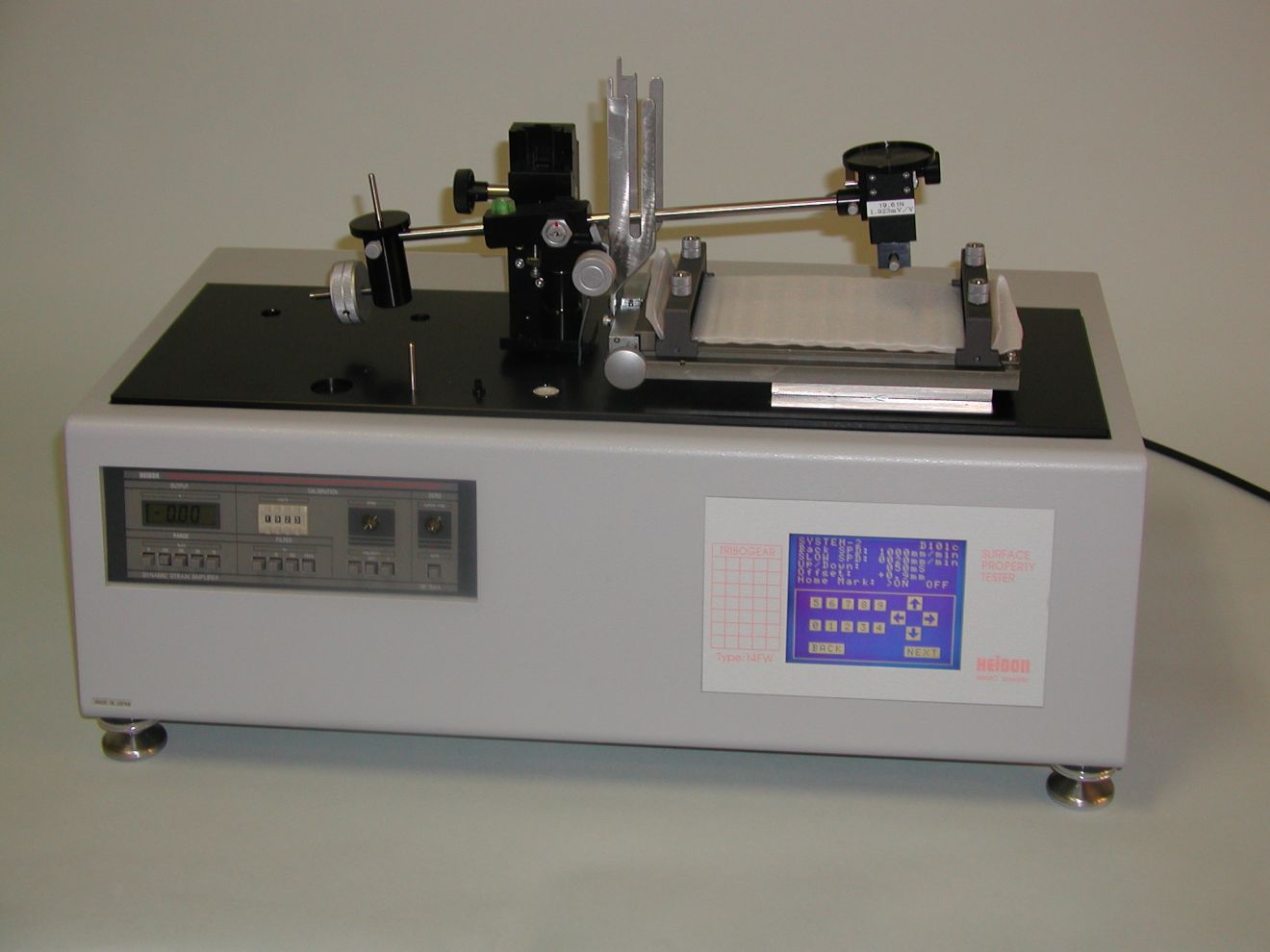
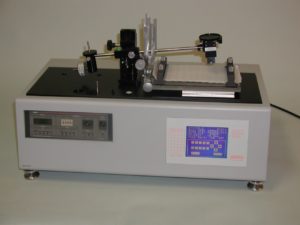
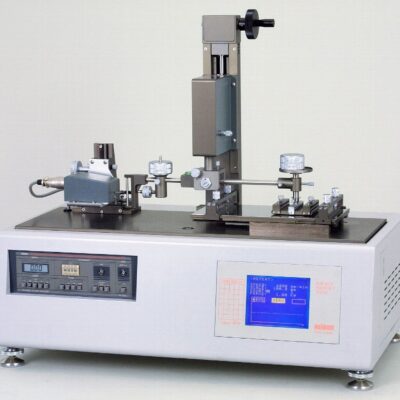
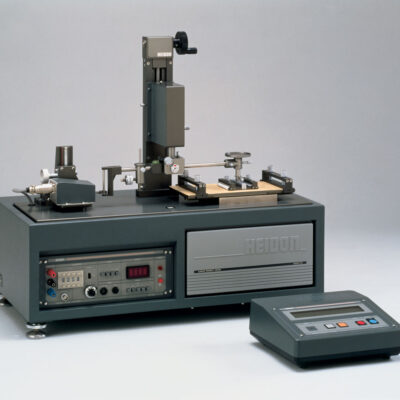
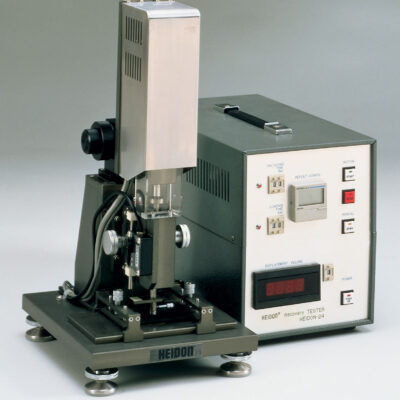
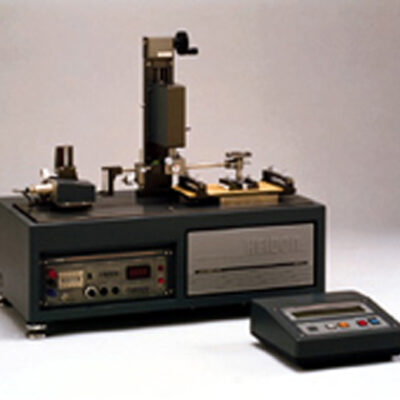
0.0 Average Rating Rated (0)
Only logged in customers who have purchased this product may leave a review.